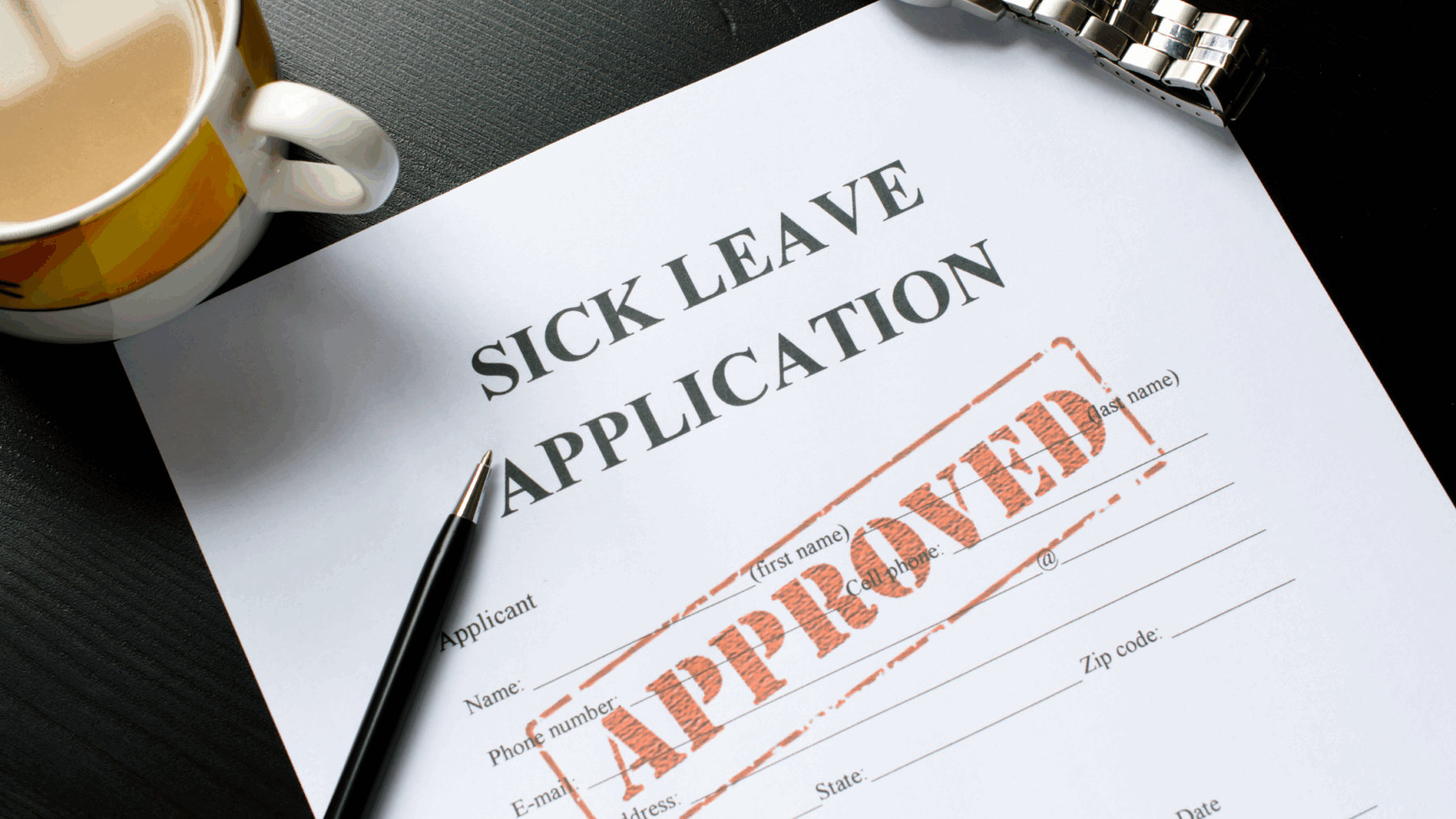In November 2013, WorkSafeBC implemented new policies that address bullying and harassment in the workplace. These policies define bullying and harassment as:
- Including any inappropriate conduct or comment by a person towards a worker that the person knew or reasonably ought to have known would cause that worker to be humiliated or intimidated. A person includes an employer, supervisor, co-worker, client, member of the public, or anyone a worker comes into contact with at the workplace; and
- Excluding any reasonable action taken by an employer or supervisor relating to the management and direction of workers or the place of employment.
Examples of bullying or harassment include:
- verbal aggression
- insults
- calling someone derogatory names
- harmful hazing or initiation practices
- vandalizing personal belongings
- spreading malicious rumours
We covered the obligations of employers with respect to preventing bullying and harassment in the workplace in an earlier blog. However, it is important to remember that workers also have obligations, which include refraining from engaging in bullying and harassment of other workers, supervisors, or the employer, reporting any bullying and harassment they observe or experience in the workplace, and generally complying with the employer’s policies and procedures on bullying and harassment.
So, what can – and should – you do if you have experienced or observed bullying and harassment in your workplace?
- Review your employer’s policy on bullying and harassment;
- If your employer does not have a such a policy, you can make a complaint about this failure to WorkSafeBC;
- If a policy does exist, follow the steps set out for reporting an incident of bullying and harassment. This generally involves submitting something in writing outlining the details of your complaint, including the date, time and location of the incident, a description of the situation, a list of the people involved, and the impact on you, along with any supporting documents such as emails, handwritten notes, or photographs; and
- Cooperate with your employer’s investigation of your complaint.
Without your assistance and cooperation in the complaint and investigation process, your complaint may not result in any meaningful change to your workplace.
WorkSafeBC has created a resource tool kit to help both employers and workers understand their legal duties and prevent and address bullying and harassment in the workplace.
If you have more questions about job harassment, discrimination or other employment law issues, contact us!


